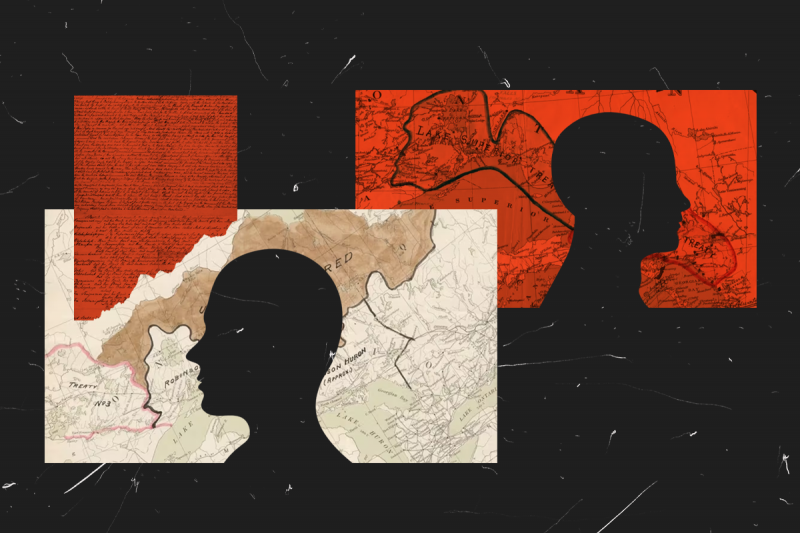
Land acknowledgments have become commonplace at public events. For example, if you’ve attended an event in Ottawa, you’re probably aware that the city sits on “unceded and unsurrendered Algonquin territory.” The purpose of land acknowledgments is for non-Indigenous settlers to acknowledge the history of the land, and the traditional and current territory of the Indigenous Nation(s) who have resided on it long before the arrival of settlers.
People often come to us, and ask about our approach to giving land acknowledgments. They’re worried about making a mistake, or “getting it wrong.” Simply put, our approach comes from the heart, and is a reflection of our agency’s values, and commitment to working with Indigenous people and like-minded organizations toward a goal of reconciliation and decolonization.
Emdash has had the honour and privilege to work alongside and learn from many First Nations, Inuit and Métis organizations. It’s not been an easy road as a team made up mostly of settlers to unlearn things that we were taught throughout our lives. We have made mistakes, but we work to acknowledge those missteps and do better next time.
Here are a few of the lessons we’ve learned along the way
If you’re not sure about something, ask
If you aren’t sure about the pronunciation of a name, or if something is correct, reach out to the Indigenous communities of the territory you live on and ask. How would they like to be acknowledged? What is important to them? Building relationships is an important part of reconciliation, and this is a great place to start.
When is it appropriate to do a land acknowledgment?
It is appropriate to do a land acknowledgment when hosting a public event, conference, or workshop. Some organizations begin internal meetings with a land acknowledgment. The question isn’t so much about frequency versus meaning. Ask yourself, is this meaningful to me as an individual, or the event I’m hosting/organizing? If the answer is yes, then go ahead.
Our insights — straight to your inbox
Tips, tools, and news for changemakers.
Do your research
What do you know about the history of the territory you’re living on? The Indigenous people who live there? This is an important aspect of thinking through what a land acknowledgment means to you. Check out this web-based app called Whose Land for some help starting your research.
Do it yourself
Indigenous people are often asked to give land acknowledgements, but really this is an opportunity for settlers to acknowledge the Indigenous Nations whose territory they live and work on, and affirm their commitment to reconciliation. But keep in mind that if your Indigenous friend/colleague is from a community in the territory — they already know it’s their land!
Include a commitment
Beyond a land acknowledgment, you should reflect on what you/your organization intends to do to further reconciliation and build relationships with the Indigenous people whose territory you reside on.
If in your research you find out that you live on land governed by a Treaty, take the time to learn what that means. While the Treaties were negotiated and signed before our lifetimes, they were mutually agreed upon terms to be respected by everyone — present and future — residing on the land.
This is an opportunity to honour Indigenous sovereignty by living by the Treaty. This is an important step settlers can take to advance reconciliation today.
Reflect on what it means to you
A land acknowledgment shouldn’t be a rehearsed speech read from a card. It’s okay to go off script — in most cases, it will actually be better that way. Reflect on what it means to you or your organization and speak from the heart.
And ask yourself: What does reconciliation really mean to you?
If this feels relevant to you, .
published September 30, 2019
 Insights
Insights

